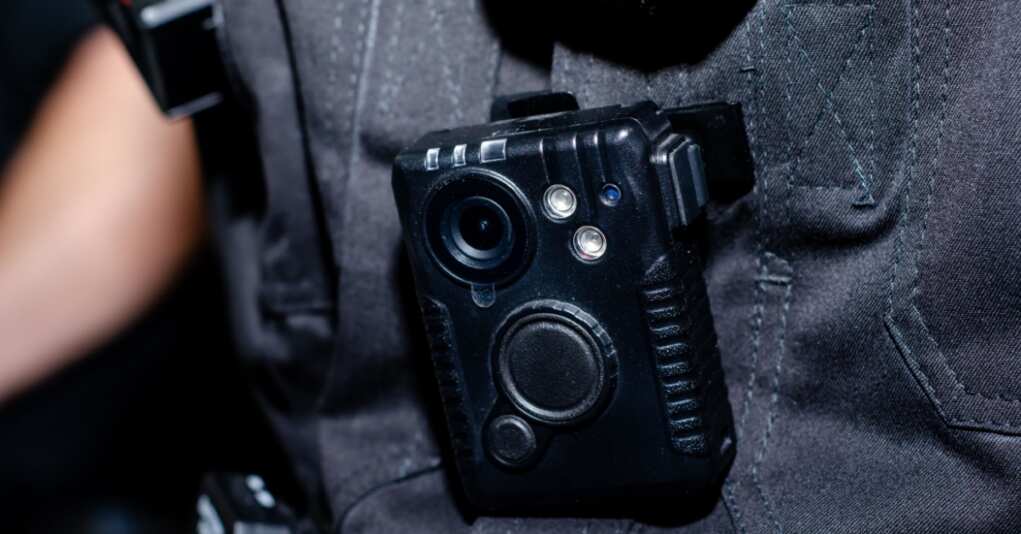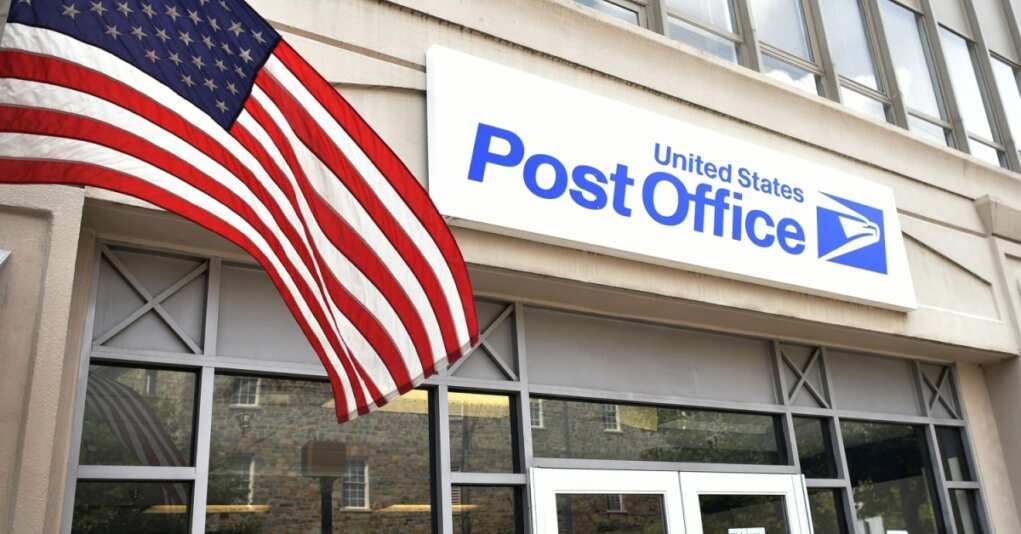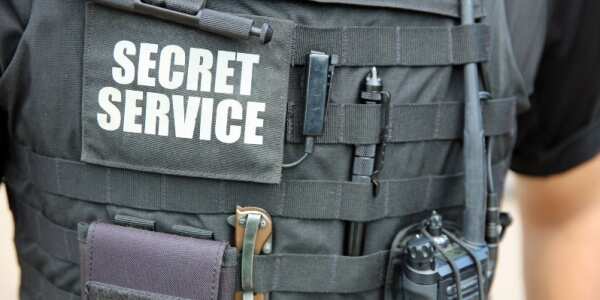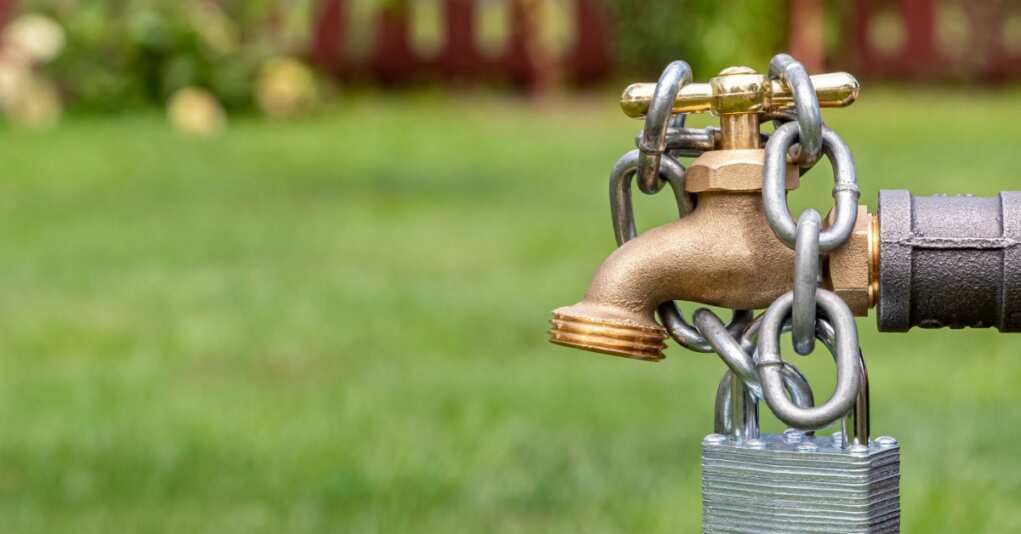Oklahoma Dad Body Slammed by Dirty Cops for No Reason as His Autistic Son Screams Nearby
Conservatives typically have great respect for law enforcement. We support law and order, we “Back the Blue,” and we understand that cops generally have a very difficult job that most people wouldn’t want to do. We also have to be cognizant of the fact that there are quite a few terrible cops out there. This […]
Harris’s Support of Minnesota Freedom Fund Comes Back to Haunt Her
At a campaign event on Monday, Vice President Kamala Harris, who is expected to be the Democratic nominee for president, talked about her past work. She mentioned that before her vice presidency, she spent seven years as the district attorney for San Francisco. From Wilmington, Delaware, she said she was the elected attorney general of […]
South Korea’s Mind Control Technology: A New Era of Fear?
Forget about science fiction—South Korea has taken mind control from the realm of movies and dumped it into the lab. Researchers at Korea’s Institute for Basic Science (IBS) have just unveiled a so-called “long-range” and “large-volume” mind control device that promises to control your brain from a distance. While their intentions may be “non-invasive” and […]
Shocking! USPS Exposed for Handing Over Your Address to Meta and LinkedIn
Ever get the feeling digital ads know what you’re whispering at home or even thinking? Well, buckle up because here’s a juicy tidbit. An investigation by TechCrunch spilled the tea that the U.S. Postal Service (USPS) was cozying up with tech giants like Meta and LinkedIn by sharing its online customers’ addresses. On Wednesday, USPS […]
Top GOP Leaders Push for Biden’s Resignation
Several Republicans jumped at the chance to demand President Joe Biden’s immediate resignation after he announced that he won’t run for re-election. They argue that if he’s deemed unfit to run, he should also be deemed unfit to stay in office. House Speaker Mike Johnson, R-La., believes Biden should resign immediately. He argued that if […]
Biden Advisors Threaten Violence if Any Staffers Leak about the Dementia
Joe Biden’s inner circle of advisors is threatening to “beat the sh*t out” of any White House staffers who leak to the press about the true state of his dementia. Ever since the June debate disaster against President Trump, the entire world has realized that Joe Biden’s mental state is about as useful as a […]
Trump Assassination Attempt: Secret Service Points Fingers, Police Fire Back
In a classic deflection move, the U.S. Secret Service (USSS) is already pointing fingers at the local police. A Secret Service spokesperson reportedly admitted they missed checking the building’s roof where the shooter positioned himself, instead tasking local law enforcement with the job. The nation’s largest police group didn’t hold back, tearing into the Secret […]
Is JD Vance Who Trump Should Have Chosen?
Trump made his announcement earlier this week. His running mate for his presidential campaign will be JD Vance, a freshman senator from Ohio. This is an interesting pick because he’s not a longtime politician. However, he’s young, he’s hungry, and he’s even a former marine. Was this the right move for Trump to make? Take […]
Devastation at Trump Rally: Firefighter Corey Comperatore Dies, Nation Mourns
Friends and neighbors are remembering firefighter Corey Comperatore—the man tragically shot during an attempt on former President Donald Trump’s life—as a dedicated family man and community servant. Corey’s sudden death has left a void in his community, where he was known for his willingness to help anyone in need. Corey was among the thousands at […]
Political Sabotage: Dems Strip Trump’s Security in Time for Violence
Well, what do you know? Former President Donald Trump was almost taken out at a rally in Pennsylvania not long after House Democrats floated the idea of stripping him of his Secret Service protection. You can’t make this stuff up. Democrat Bennie Thompson, the top dog on the House Committee on Homeland Security, rolled out […]
Broke from Illegal Aliens, FEMA Wants a 725-Percent Emergency Budget Increase
The Federal Emergency Management Agency (FEMA) has been diverting funds intended to help Americans to instead pamper Joe Biden’s never-ending hordes of criminal illegal aliens. FEMA has been sending most of its operational cash to help Democrat-run cities like New York and Denver so they can coddle the illegals even further. A program called the […]
Wheel Falls Off Another Boeing 757 on Takeoff
United Flight 1001 was headed from LAX to Longmont, CO on Monday morning when a wheel fell off the plane right after takeoff. This is the latest in a string of mechanical failures on Boeing planes, but fortunately, it didn’t end in a catastrophe. The pilot was able to land the plane safely in Colorado. […]
Hijab-Wearing AI Activist Wins ‘Miss AI’ – Seriously?
In a world where beauty pageants have been all about dazzling smiles and perfect physiques, we’ve now crowned a computer-generated Moroccan influencer, Kenza Laylie, as the Fanvue World AI Creator Awards champion. Yes, folks, we’ve officially entered a realm where artificial intelligence is judged and celebrated for beauty. It’s like awarding the ‘best actor’ to […]
Controversy Explodes: Kamala Harris Named First Potential DEI President
Top Democrats are saying that Vice President Kamala Harris would be President Joe Biden’s natural successor if he succumbed to growing pressure and stepped aside as the Democratic candidate in the 2024 election. These top Democrats argue that Harris is causing concern among Republican donors, has strong name recognition, and is beginning to garner support […]
California Imposes Statewide Water Budgets as it Turns More into Ancient Rome Every Day
Anyone longing to see California Governor Gavin Newsom (D) step in to replace Joe Biden in this year’s presidential election should take a close look at how Newsom’s state is doing. It’s not improving. In fact, with every passing day, it seems like California is inching closer to a Roman Empire-style collapse. A state agency […]
















